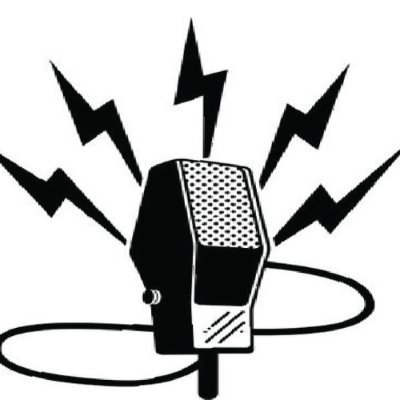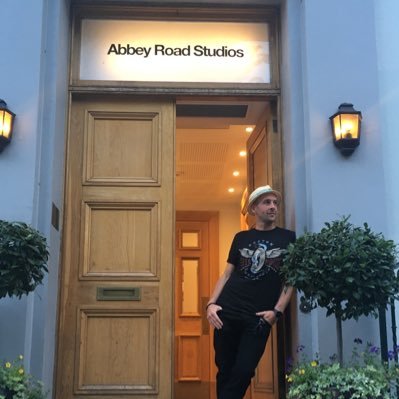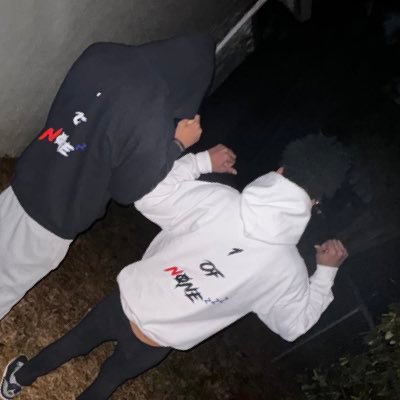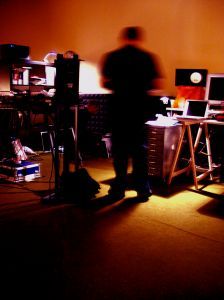
Talkin Music
@Production_Blog
Music production blog, sharing the latest info, production tips, music news, audio engineering tutorials and a whole lot more...
You might like
[Free Online Workshop] Learn How To Get Radio-Ready Mixes That Will Compete With Grammy Award Winning Songs In Your Home Recording Studio... talkinmusic.com/books/vip/ #homerecording #mixingmusic #musicproduction #musicproducer
Don’t over-use compression, it will make your mixes sound lifeless. Using a compressor on your tracks is exactly like adding salt to your food! It can make everything sound better, but a little too much can completely ruin your mix. Also, not everything requires salt.

This used to be one of my biggest problems. I used to take random drum kits and expect to have a mix the level of a Grammy Award winning engineer. This line of thinking just wasn't realistic. You need to learn drum design to really make high quality drums for your songs.

A lot of people struggle with knowing when to use distortion/saturation. In this post I give you 3 different ways you can use distortion. Distortion will help your sounds to slice through a mix and push them in your face. Note – Remember to do all these things in moderation!

If you're still not sure about when to use a Dynamic EQ then here are few ideas that will help you eliminate some guess work. Note that you can replace the sounds that I mention with any sound that is giving you a similar problem. Feel free to ask questions by leaving a comment.

Here's a neat trick for compressing a fingered bass guitar. However, This trick can be used on any bass sound to control the sub and bass frequencies.

‘Felt’ (Dry) or ‘Heard’ (Wet) Reverb? Reverbs that are "Felt" create separation between instruments and prevent a mix from flattening out when they hit the mix buss compressor. Reverbs that are "Heard" are generally used for lead instruments and important elements of a mix.

Here's the easiest way to emulate a full analog console and tape workflow in your DAW with plugins. You can take this to the next level by using buss plugins such as Slate VCC or Waves NLS in your groups or buss channels. Add one to your master buss channel as well.

Wrong sound placement in the stereo image is one of the biggest mistakes beginner mixers make. Then they end up with phase issues and an imbalanced stereo image. You don't want the left to be heavy/louder than the right & everything should have its own place in the stereo field.

I don't EQ anything in solo, because I only care about what it sounds like in context of the rest of the music. If you can avoid the urge to pop that track into solo so you can “focus” on it and hear it “better”, then you’ll save yourself hours of wasted EQing.

👨🎤 👨🎤 The main reason you want to compress in stages is to avoid over-compression. If you just use one compressor it will over-work and it won't sound good, it might even distort the signal in a bad way. So, that's why it's important to compress in stages.

The new Tesla update can load any DAW. Thoughts? 😆😅

One thing that separates the Pros from the Amateurs is the reverb tail. Amateurs tend to focus on how a reverb sounds on one particular track without considering how it's affecting the entire mix. You don't want to end up with a mess of overlapping reverb tails.

To create space and separation in a mix, don't always jump for EQ, start with panning elements that dominate the same frequency range. The trick is to make sure that your left and right side are well balanced, you don't want the left to be louder than the right, or vice-versa.

To get a PHAT and rich sounding vocal reverb, Distort it. The distortion will add some intensity, sonic character & harmonics to your reverb, which will result in an expensive sounding vocal reverb sound. Also make sure that you EQ the reverb signal to avoid mud & clutter.

🥁 Here's a neat trick for creating a Big Drum-Room Reverb. Use this trick to make your drums sound like they were recorded in a large live-sounding space. Even if they were recorded in a basement without natural ambiance.

High and Low Pass Filter Reverb/Delay Returns. Filtering your effects helps them fit well in a mix without adding mud, clutter, harshness or overwhelm the dry signal. So, always filter your effects to make them personal and create your own signature sound.

🎸 The hard part when it comes to mixing an electric guitar is getting it to feel bright without making it sound harsh. So, here's how you solve that problem.

Here's an EQ cheat sheet for male vocals. This guideline should help you eliminate a lot of guess work. You'll know where to boost or cut to achieve a particular sound. If there's an annoying "s" or "t" sound then you know where to reduce the sibilance, so on and so forth.

In most cases, using a multiband compressor to deal with harshness will give you better results as compared to using a static EQ. A multiband compressor will keep your tracks sounding musical. So in some cases, NOT ALL, try out a multiband compressor rather than a static EQ.

United States Trends
- 1. Jokic 26.4K posts
- 2. Lakers 53.1K posts
- 3. #River 5,253 posts
- 4. #AEWDynamite 50.6K posts
- 5. Epstein 1.68M posts
- 6. Nemec 3,384 posts
- 7. Clippers 14.7K posts
- 8. #ReasonableDoubtHulu N/A
- 9. Shai 16.5K posts
- 10. Thunder 41.5K posts
- 11. #NJDevils 3,128 posts
- 12. #NIKKE3rdAnnivBattleReport 8,976 posts
- 13. Ty Lue 1,191 posts
- 14. Mikey 72.9K posts
- 15. Nemo 8,766 posts
- 16. Markstrom 1,276 posts
- 17. Rory 8,228 posts
- 18. Joker 27.2K posts
- 19. Steph 30.6K posts
- 20. Spencer Knight N/A
You might like
-
 Mix Magazine
Mix Magazine
@Mix_Magazine -
 Universal Audio
Universal Audio
@UAudio -
 Waves Audio
Waves Audio
@WavesAudioLtd -
 Sound On Sound
Sound On Sound
@soundonsoundmag -
 PreSonus
PreSonus
@PreSonus -
 KVR Audio
KVR Audio
@kvraudio -
 Steven Slate
Steven Slate
@RealStevenSlate -
 Sonnox
Sonnox
@sonnoxplugins -
 McDSP
McDSP
@McDSP_PlugIns -
 SPL
SPL
@spltweets -
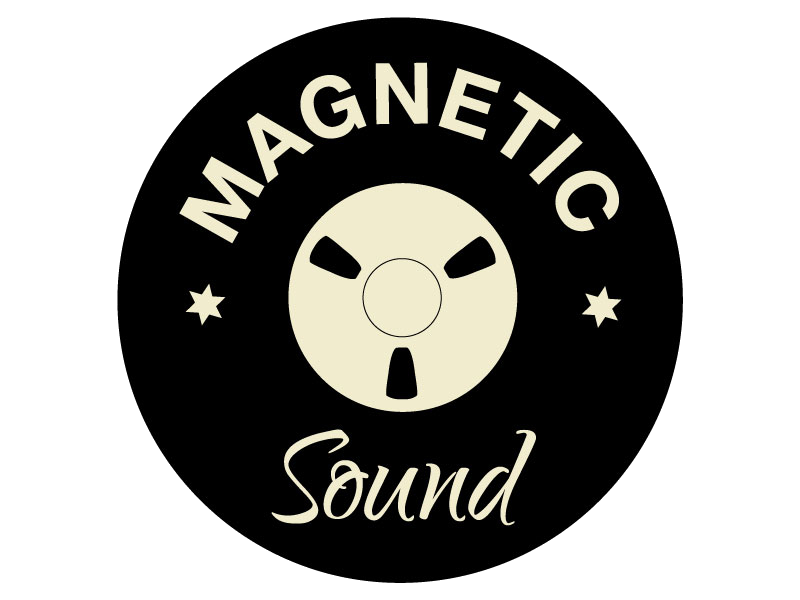 MusicProductionTips
MusicProductionTips
@MgntcSound -
 recordingmag
recordingmag
@RecordingMag -
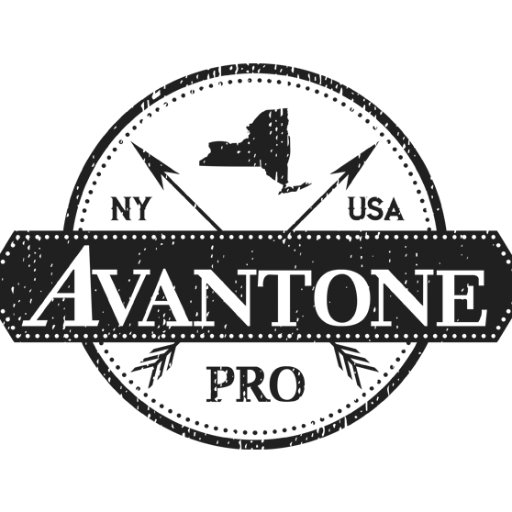 Avantone Pro
Avantone Pro
@avantonepro -
 Womens Audio Mission
Womens Audio Mission
@womensaudio -
 Viral Music Only
Viral Music Only
@DjPromoLit
Something went wrong.
Something went wrong.




























































